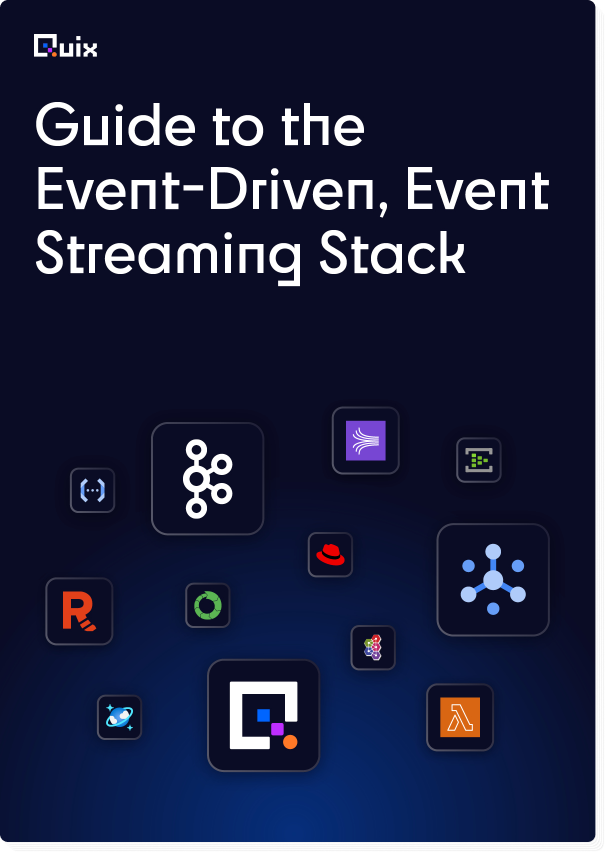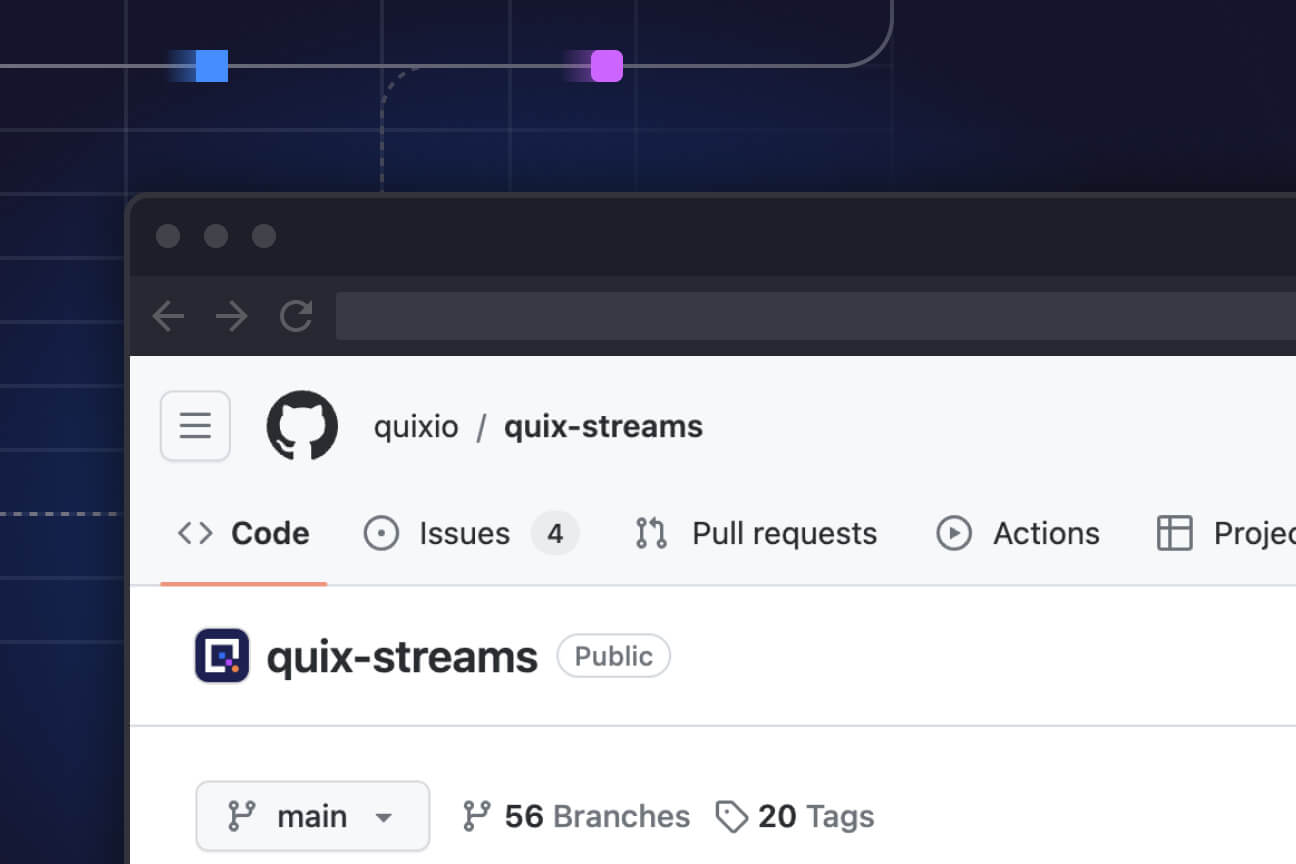Why you should empower more employees to use real-time data
How Levi Strauss, John Deere and Porsche are harnessing the power of streaming data and empowering their employees to make the most of it.

Quix enables developers to use real-time stream processing without infrastructure concerns
It might come as a surprise to learn that Levi Strauss & Co., a nearly 150-year-old company, is consistently recognized as a leader in technology and innovation. They’ve won awards for World’s Most Innovative Company, World-Changing Ideas and Boldness in Business, to name a few.
How does a company founded before the internet existed excel in a digital world? The answer might be in the way they empower their employees to take advantage of new technology, including AI, machine learning and advanced data processing.
Levi Strauss empowers employees to take advantage of AI and machine learning
Levi Strauss isn’t just dabbling with artificial intelligence and machine learning. The company developed a machine learning boot camp to seed that knowledge across the organization. The camp is designed to upgrade the skills of employees who have apparel and retail expertise, but no previous coding or statistics experience, says Dr. Katia Walsh, Levi’s chief strategy and artificial intelligence officer, in VentureBeat.
“This combination of apparel retail expertise and machine learning skills is already resulting in new ways of connecting with consumers, new efficiencies, new creative designs, and new opportunities for our storied brand,” Walsh said.
Data-driven technology is pervasive at the most innovative companies
Another surprising tech leader, recognized as one of the Best Workplaces for Innovators and honored in the Tech for a Better World category in 2020, is John Deere.
The nearly 185-year-old agricultural giant has been buying tech companies and turning their signature green tractors into rolling computers that bring sophisticated data-driven technology to the field.
“We have more software development engineers today within Deere than we have mechanical design engineers,” Jahmy Hindman, chief technology officer at John Deere, tells The Verge.
“Like Levi Strauss, John Deere doesn’t limit machine learning and stream processing to mission-critical functions. It’s a core part of the business.”
Like Levi Strauss, John Deere doesn’t limit machine learning and stream processing to mission-critical functions. It’s a core part of the business.
Data-driven products (and the people who build them) are needed across companies
One of the things I see in companies that are just starting to use streaming data processing is that the data is disconnected from the rest of the organization.
IT departments understandably want to protect systems that are notoriously hard to build and maintain. But limiting stream processing to a few use cases also limits its value. Real-time data can be used to train ML models, automate processes, increase efficiency and deliver digital experiences that are relevant to users in the moment.
When Porsche embarked on a journey to digitally reinvent itself, one of the challenges it faced was an explosion of data that was trapped in business domain silos and data silos, explains Helge Silberhorn, Chief Data Architect at Porsche, in “Managing data in the digital era.”
“We treat data as a first-class enterprise resource that is shared, easily accessible, and supports the diverse needs of applications,” says Helge Silberhorn, chief data architect at Porsche.
Porsche developed a central data streaming solution to unlock the value of its data by making it accessible and usable to employees across the enterprise. “We treat data as a first-class enterprise resource that is shared, easily accessible, and supports the diverse needs of applications,” says Silberhorn.
Unlock domain experts who have the ability to use data in their spaces
Offering real-time streaming data access in a safe way can be a challenge. This is where Quix comes in. Quix enables domain experts and citizen developers across the organization to build, test, iterate and learn in a safe R&D space where the streaming data is coming in one way.
This makes it possible to scale data stream access without compromising the production system. Employees can “play” with real-time data in a sandbox, and then work with IT to push the resulting product out.
While many streaming data tools can only be used by those with specialized knowledge of SQL or other languages, Quix makes it easy to code in Python or C#. Python is the most popular coding language among citizen developers. It’s easy to learn — so easy that Levi Strauss teaches it in their 8-week boot camps and many people learn it for fun.
These folks are hungry to do more with data. They just need a tool like Quix to unlock their potential. It’s fast (and easy) to get started with Quix. Chat with us in our Slack community to learn more.
What’s a Rich Text element?
The rich text element allows you to create and format headings, paragraphs, blockquotes, images, and video all in one place instead of having to add and format them individually. Just double-click and easily create content.
Static and dynamic content editing
A rich text element can be used with static or dynamic content. For static content, just drop it into any page and begin editing. For dynamic content, add a rich text field to any collection and then connect a rich text element to that field in the settings panel. Voila!
How to customize formatting for each rich text
Headings, paragraphs, blockquotes, figures, images, and figure captions can all be styled after a class is added to the rich text element using the "When inside of" nested selector system.

Check out the repo
Our Python client library is open source, and brings DataFrames and the Python ecosystem to stream processing.

Interested in Quix Cloud?
Take a look around and explore the features of our platform.

Interested in Quix Cloud?
Take a look around and explore the features of our platform.







